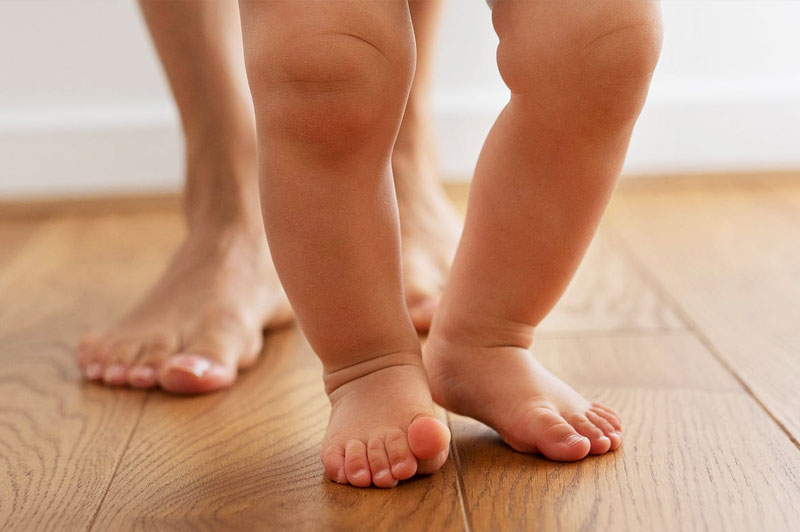
Limb Lengthening

Limb lengthening is a surgical procedure used to increase the length of bones in the arms or legs. It is most commonly performed in children and adults with limb length discrepancies, congenital deformities, or after trauma/infection.
Conditions We Treat
- Congenital limb shortening (e.g., fibular hemimelia)
- Post-traumatic limb length discrepancy
- Growth plate injury-related shortening
- Bone loss due to infection or tumor
- Dwarfism (selective cases)
How the Procedure Works
The most common method is distraction osteogenesis, which involves:
- Surgical Cutting of the Bone (Osteotomy): A clean cut is made through the bone to separate it.
- External or Internal Fixation: External fixators (Ilizarov or Taylor frame), Internal devices (e.g., PRECICE nail)
- Gradual Lengthening: The bone is slowly pulled apart (~1 mm/day) using the device, New bone fills in the gap naturally.
- Consolidation Phase: The new bone hardens and stabilizes over time.
Recovery Timeline
- Lengthening phase: Several weeks to months (depending on how much length is needed)
- Consolidation phase: Equal to or longer than lengthening phase
- Physiotherapy is crucial throughout
Benefits
- Restores equal limb length
- Improves walking and posture
- Boosts functional ability and confidence
Risks & Considerations:
- Pin site infections (if external fixator is used)
- Joint stiffness or contracture
- Nerve or muscle tightness
- Requires high patient commitment and regular follow-ups